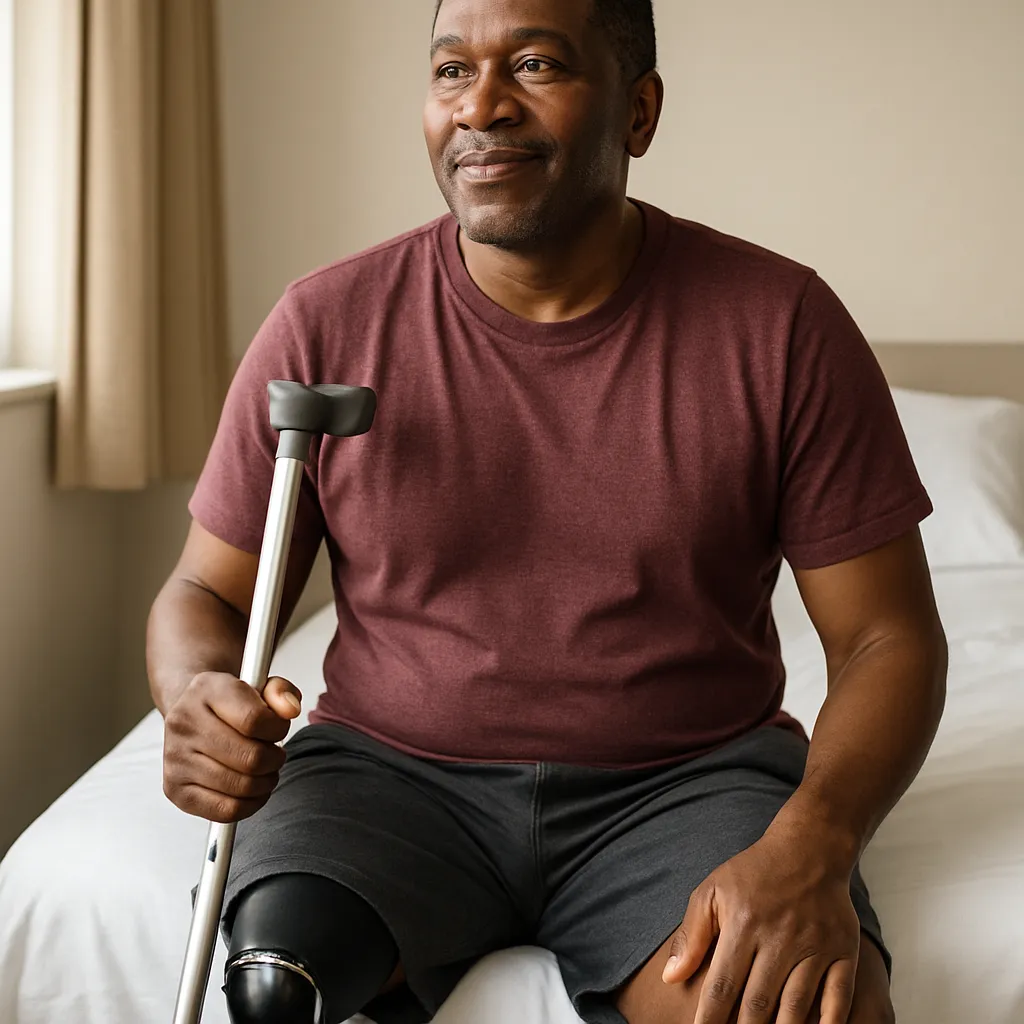Restoring mobility and hope since 1942
Our board-certified South Carolina team provides heartfelt support and precision-made prosthetics and orthotics to help you achieve your goals.
About Us
Expertise. Confidence.
Support.
Compassion.
Expert Care for Every Step of Your Journey
Since 1942, Floyd Brace Company has been South Carolina's trusted, community-based provider. We treat our patients with compassion and respect, combining decades of expertise with a heartfelt commitment

Move with Confidence. Live Without Limits.
Custom Prosthetics
Advanced Solutions for upper and lower limb amputations, helping you regain independence.
Supportive Orthotics
Custom-fabricated devices for stability and support, enhancing mobility and your quality of life.
Specialized Pediatric Care
Compassionate care with custom orthotic and prosthetic solutions that support your child's growth and confidence.
Knowledge to Empower Your Next Step
Find answers, stories, and expert advice designed to help you and your family navigate the path to recovery with confidence and hope.

A Guide to Your First Prosthesis
Losing a limb is a life-changing event. Our guide walks you through the process, from initial consultation to living confidently with you new device.

Understanding Diabetic Foot Care
Learn how custom orthotic solutions can help prevent serious complications. We explain the role of specialized footwear in protecting your feet and preserving your independence.

Pediatric Prosthetics: A Parent's Handbook
Discover how we support children with limb differences. This resource covers developmental milestones, device options, and how we partner with families for long-term success.

Stories of Hope and Mobility
After my leg amputation, Jared from Floyd Brace came to see me while I was still in the hospital. He was incredible and took the time to explain every detail. With his help, I already have a temporary leg. Everyone at Floyd Brace has been awesome. If you need this type of service, I highly recommend them.
– Robert R., North Charleston, SC
A Legacy of Proven Trust
For over 80 years, our mission has been to provide exceptional care that restores confidence and independence. We combine decades of clinical expertise with a heartfelt commitment to patient success, delivering outcomes that speak for themselves.
80+
Years of Expertise
10,000+
South Carolinians Helped
7
Convenient SC Locations
95%
Patient Satisfaction
Serving Communities In South Carolina
With seven convenient locations, expert care is always close to home. Find the Floyd Brace Company clinic nearest you.
Charleston
Conway
Georgetown
Irmo
North Charleston
Orangeburg
Walterboro

Since 1942, Floyd Brace Company has been dedicated to restoring mobility and hope across Sourth Carolina. We provide expert, compassionate care and custom-crafted prosthetic and orthotic solutions to help our patients live without limits.
Quick links
Services
© Floyd Brace Company. 2025. All Rights Reserved.
